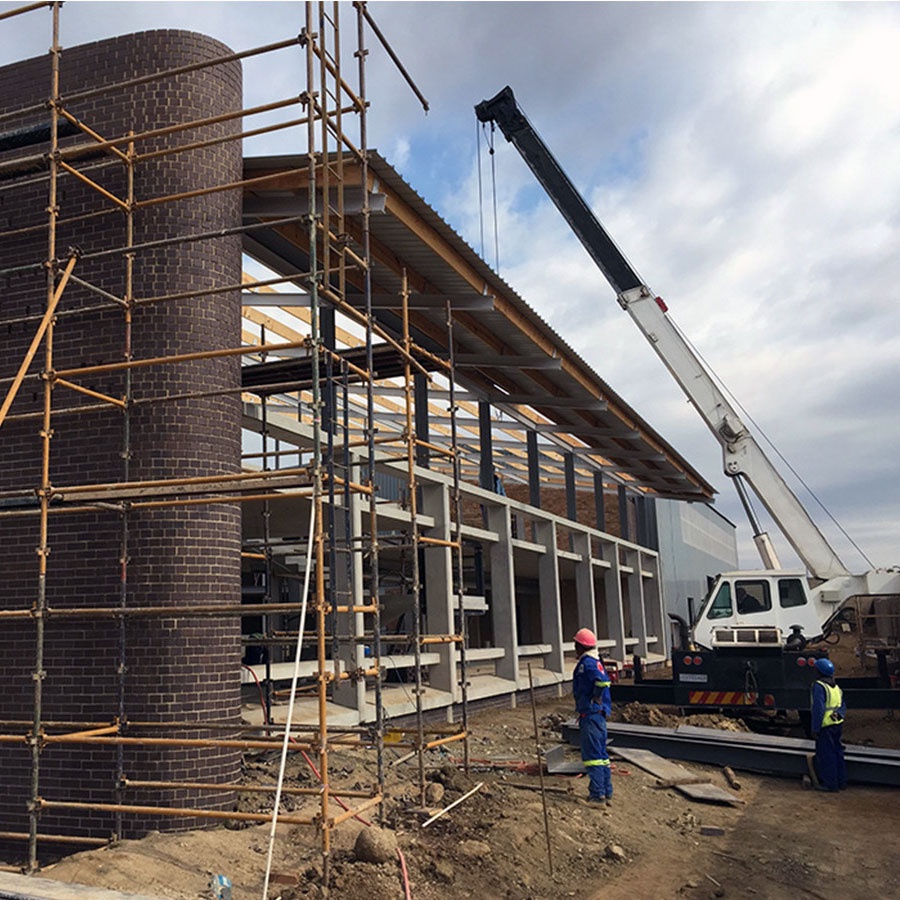Factory Installation refers to the process of setting up and equipping a manufacturing facility or industrial plant for the production of goods. This process involves various steps and considerations to ensure the efficient and safe operation of the factory.
Here is an overview of what's involved in factory installation:
Site Selection and Preparation: Choosing the right location for the factory is crucial. Factors to consider include proximity to suppliers and markets, access to transportation, availability of utilities (electricity, water, gas), environmental regulations, and zoning requirements. Once the location is selected, the site may need preparation, such as land grading, foundation work, and infrastructure development.
Design and Layout: The factory's layout and design are critical for optimizing workflow, safety, and efficiency. This includes determining the arrangement of machinery, assembly lines, storage areas, and employee workstations. Professionals like industrial engineers and architects are often involved in this stage.
Building Construction: Constructing the factory building or modifying an existing structure to accommodate the production needs. This includes erecting the walls, roof, and floors, as well as installing HVAC systems, fire suppression systems, and other necessary infrastructure.
Utility Installation: Ensure that the factory has a reliable supply of essential utilities such as electricity, water, gas, and sewage. Specialized systems like compressed air, refrigeration, and wastewater treatment may also need to be installed.
Machinery and Equipment Installation: Acquiring and setting up the machinery and equipment needed for production. This includes the installation of production lines, conveyors, robotics, CNC machines, and other specialized equipment. This step often involves careful calibration and testing to ensure everything operates as intended.
Safety Measures: Implement safety features and protocols, such as emergency exits, fire suppression systems, ventilation, and personal protective equipment, to ensure a safe working environment for employees.
Quality Control and Testing: Before production begins, it's crucial to conduct quality control tests on equipment, machinery, and processes to ensure they meet required standards and specifications.
Regulatory Compliance: Ensure that the factory installation complies with all relevant local, state, and federal regulations and standards, including environmental, safety, and labor regulations.
Staff Training: Train the factory staff on the operation of machinery, safety protocols, and quality control procedures.
Logistics and Supply Chain Integration: Establish connections with suppliers and distributors, set up inventory management systems, and integrate logistics solutions to facilitate the flow of raw materials and finished products.
Production Start-Up: Once all systems are in place, production can begin. Monitor the processes and make necessary adjustments for optimal efficiency.
Ongoing Maintenance: Regular maintenance and servicing of machinery and infrastructure are essential to prevent breakdowns and ensure smooth operations.
Factory installation is a complex and costly process that requires careful planning and execution. It often involves collaboration between various professionals, including architects, engineers, contractors, and specialists in specific industries. The goal is to create a well-organized and efficient production facility that meets the quality and safety standards required for the intended manufacturing operations.


No comments yet